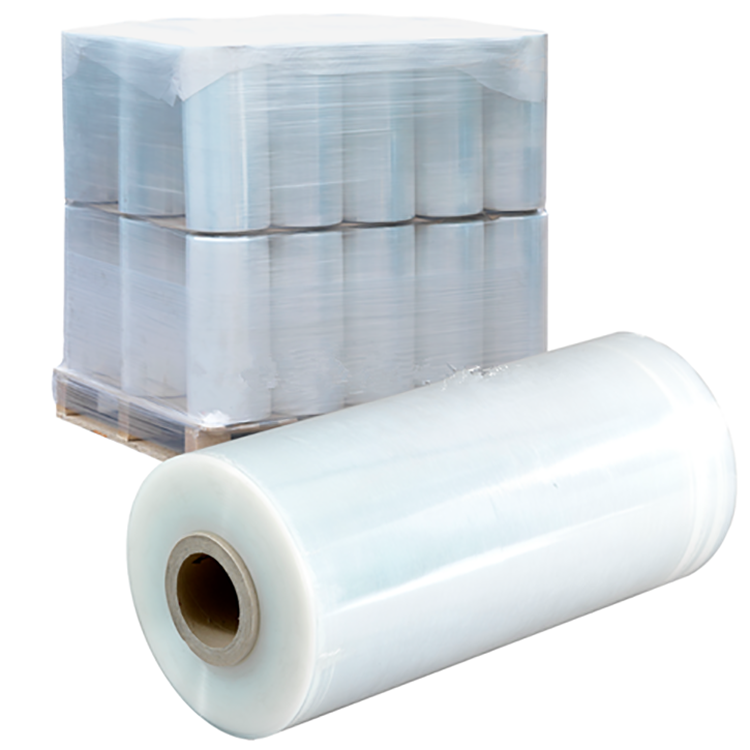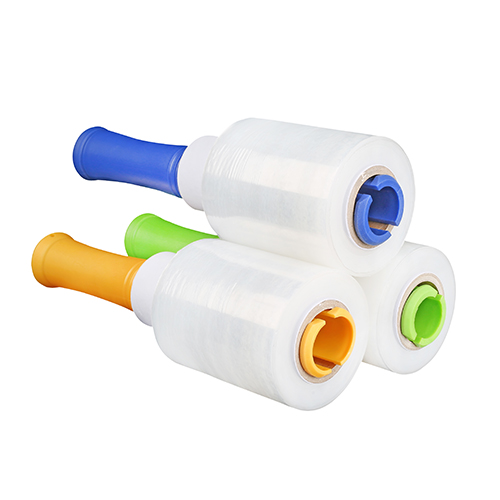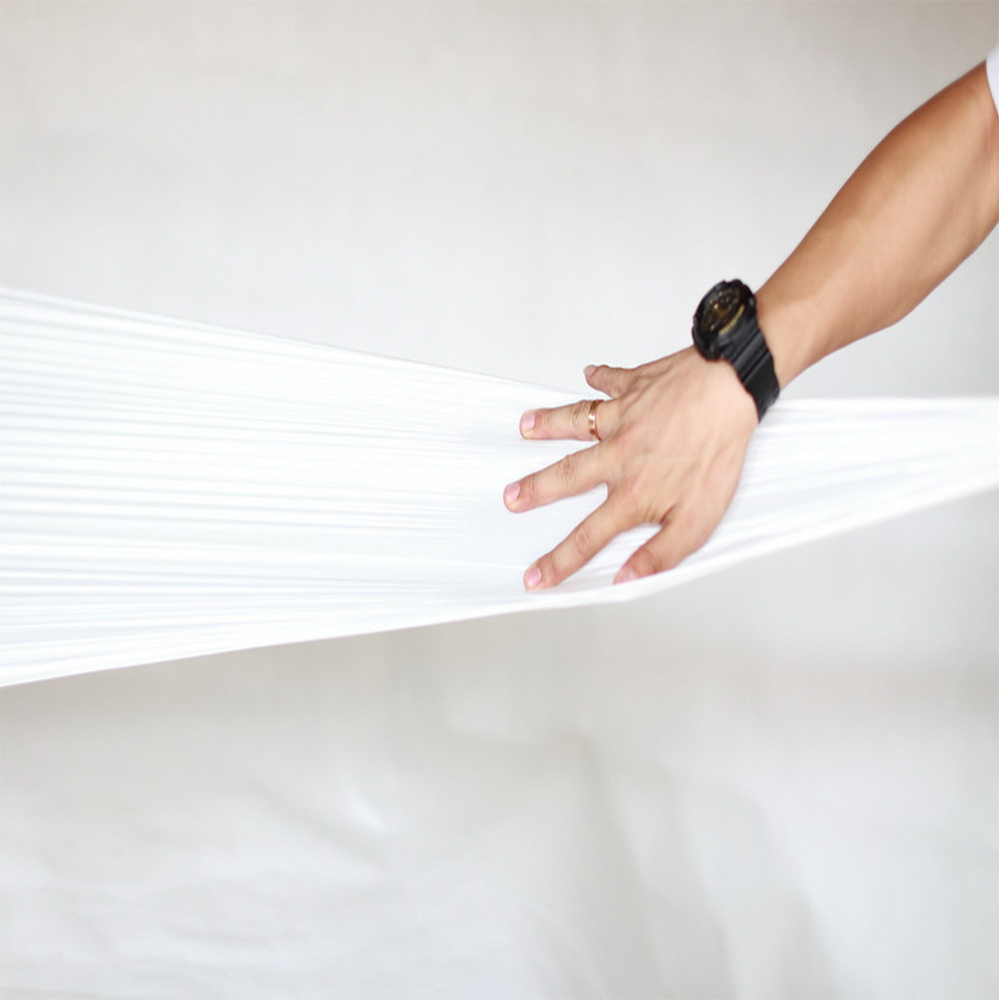Yalan Packaging introduces two methods for identifying stretched film:
At first, the appearance of identification. All kinds of stretched film and cellophane have their own unique appearance, such as gloss, brightness, hue, strength, lubricity, etc. It is a simple and easy way to distinguish the film from the appearance. Films that are colorless, have a beautiful luster on the surface, and are lubricated and firmer are stretched polypropylene, polystyrene, rigid polyvinyl chloride, polyester, polycarbonate, and cellulose acetate films. The soft-touch film is a film of soft polyvinyl chloride, polyvinylidene chloride, polyvinyl alcohol or the like. Between the two is an unstretched polypropylene, a stretched nylon film. The clear film is white or milky white and is made of polyethylene, polypropylene, nylon film or the like.

Hydrochloric acid rubber is a grayish yellow or green semi-clear film that is non-glossy and has a rubbery feel. In addition, one end of the film may be fixed and then oscillated, and if it is flexible and emits a metal sound, it is a film of polyester, polystyrene or the like. When the two sheets are stacked, the film having poor slip properties is a film of polyvinylidene chloride, soft polyvinyl chloride, low density polyethylene, ethylene-vinyl acetate copolymer, nylon (unstretched).

Secondy, the physical function experiment identification method. Various stretched films have different physical functions such as strength, elongation, tear strength, impact strength, and shortening after heating. Through experiments on the physical properties of these films, the variety of films can be discerned to some extent. The following detailed elaboration of several detailed methods of physical properties experiments: 1. Shorten the functional experiment. The film is slowly approached to the flame, and the film of different varieties will exhibit severe shortening and not severe shortening. The film with a small shortening is a film of polyester, cellulose acetate film, rigid polyvinyl chloride (with no shrinkage-reducing agent), polycarbonate, etc., and the film which is sharply shortened has stretched polyvinyl chloride (thermal shortening polyvinyl chloride), A film such as polypropylene, polyvinylidene chloride or polyethylene is stretched. In addition, when the film can be put into hot water, the film which is easily shortened includes polyvinyl chloride (heat shortening), polystyrene, polyvinylidene chloride, and a hydrochloric acid rubber film. What is not changed is the film of polyester, polycarbonate, nylon and so on. 2. Extensibility experiments. Cut a strip of film 10 to 15 cm long and 1 cm wide, and squeeze the two ends to gradually stretch. Using this experimental method, it can be found that the film with large elongation has polyethylene, unstretched polypropylene, and soft. Polyvinyl chloride, polyvinyl alcohol, hydrochloric acid rubber, unstretched nylon film, etc., low elongation film, usually cellophane, polyester, cellulose acetate, rigid polyvinyl chloride, polyvinylidene chloride film, etc., polycarbonate The elongation of the ester and the stretched nylon is between the above two.

3. Tear strength test. The film was cut into a one-centimeter cut with scissors at one end of the film, and then torn by hand to observe the film's resistance to tearing and cracking. The simple torn film is a film of polystyrene, cellophane, cellulose acetate or the like. Films such as polyethylene, polyester, nylon, and polypropylene have high tear strength, but are slightly different depending on processing conditions and plasticizer content. For example, a polyvinyl chloride film having a high plasticizer content is slightly stronger than a plasticizer-free polyvinyl chloride film. Biaxially oriented films are generally balanced in strength between the transverse and longitudinal directions, but in practice several differences sometimes occur. The uniaxially stretched film is longitudinally stretched, and thus, the longitudinal direction is greater than the transverse tear strength. It can be understood from the above that, in short, the physical nature of the inspection to identify the type of Stretch Film is relatively complex, usually in connection with other methods of discrimination. 
Dongguan Yalan Packing Materials Co., Ltd. is located in Dongcheng Dongguan , covering an area of 10,000~30,000 square meters. The company has complete production equipment and perfect sales system, and produces and sells various packaging materials. It has formed a business situation Integrating R&D, production and sales. The main products are: Stretch Film, Sealing Tape, Adhesive Tape, Pp Strapping, PET Strap, Packing Materials and so on. Yalan has a wealth of processing experience, can be customized according to customer's product requirements; Price concessions, quality assurance, short construction period; welcome manufacturers or individuals with this demand to come to consult.

![]() May 09, 2019
May 09, 2019




